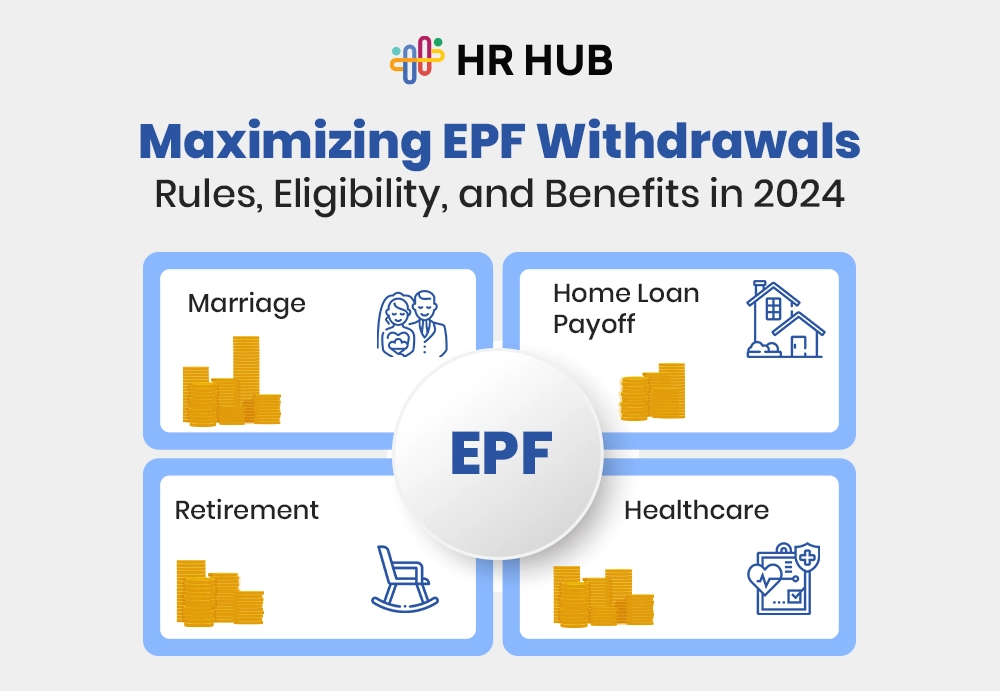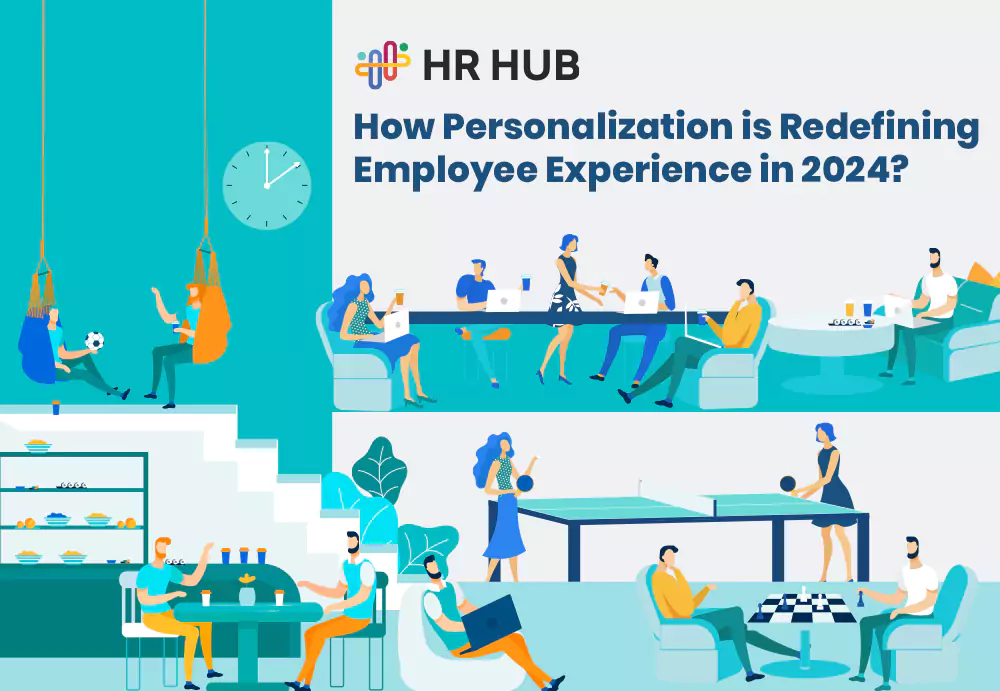In today's fast-paced talent market, traditional hiring methods are one of the most challenging factors that come into action. This often leads to short, leading to inefficiencies, and missed opportunities. The method by which companies hire new employees is completely altering as a result of contemporary tools like recruiting dashboards. Imagine being able to easily access real-time information, streamlined procedures, and decision-making based on data.
With the help of recruiting dashboards, the organization can cut through the clutter and get a clear, detailed image of the overall hiring environment. Recruitment software has impressive dashboards that turn raw data into useful insights by combining critical variables such as cost-per-hire, time-to-hire, and applicant sources into a single, intuitive interface.
In this article, we'll look at how recruiting dashboards may change your hiring process, saving you time and money while also assisting you in attracting the best prospects in today's competitive job market.
What is a Recruitment Dashboard?
A recruitment dashboard is a tool for data visualization that combines several hiring-related elements into a unified presentation. The crucial query is how this dashboard can help recruiters and hiring managers. The response is not too complicated: They have simple access to current data and analytics, enabling them to evaluate performance, spot bottlenecks, and make wise decisions.
Key Benefits of Recruitment Dashboards
Let's explore the core benefits of a recruitment dashboard, making it easy to grasp the knowledge of making the recruitment process smooth.
Enhanced Decision-Making
Recruiting dashboards offer a thorough rundown of every hiring-related action. Hiring managers may make educated decisions using dashboards that offer vital information like time-to-hire, cost-per-hire, and source of hire. This comprehensive approach aids in identifying the best channels for recruiting and tactics, guaranteeing that resources are distributed effectively.
Improved Efficiency
Data collection and reporting through dashboards are automated, making hiring easier. Reducing the time spent on manual data entry allows recruiters to focus on other crucial tasks. Communication logs, computerized candidate tracking, and interview scheduling considerably increase operational efficiency.
Real-Time Analytics
The capacity to obtain real-time data is among the recruitment dashboards' most important benefits. Because of this immediacy, recruiters can react quickly to situations that change, like an unanticipated application spike or a delay in the hiring process.
By utilizing the perfect recruitment dashboard inside the HR management software solution like HR HUB, real-time analytics supports a proactive strategy by resolving possible problems before they become more serious.
Enhanced Collaboration
Recruiting dashboards offer a consolidated platform for sharing information, which promotes improved teamwork. Team members can monitor progress, share the same data, and interact more successfully. Thanks to this transparency, everyone is guaranteed to agree and work toward the same objectives.
Better Candidate Experience
A more efficient hiring procedure improves the candidate experience. Recruiters may handle candidate interactions more efficiently using dashboards, which provide prompt response and communication. This methodical and effective approach boosts the employer's brand and raises the possibility of attracting top personnel.
Data-Driven Insights
Dashboards for recruitment offer insightful information on a range of hiring-related topics. For instance, examining the time-to-hire measure can help identify the hiring processes that are taking longer than expected. Analogously, information on the sources of candidates can be used to determine which sources produce the best candidates. These insights make it possible to optimize and improve recruitment techniques over time.
Compliance and Reporting
Maintaining compliance with employment rules and regulations is essential for any firm. Recruitment dashboards can be useful in monitoring indicators linked to compliance and producing the required reports. This lowers the possibility of legal problems and guarantees the hiring procedure complies with legal requirements.
Key Metrics to Track on a Recruitment Dashboard
Monitoring the relevant KPIs to derive maximum benefit from a recruiting dashboard is important. Important parameters that can provide useful information are as follows:
- Cost-per-hire: This approach calculates hiring expenses by factoring in advertising, corporate overhead, and recruiting fees.
- Source of Employment: ascertains the most effective hiring practices from social media, job boards, and employee referrals.
- Time-to-Hire: This statistic illustrates the average time after a position is posted to get an offer to fill it.
- Application Conversion Rate: This number represents the percentage of candidates who go on to the next round of the employment process.
- Candidate Experience: Comments and surveys determine how happy candidates are.
- Offer Acceptance Ratio: Shows the proportion of job offers accepted by candidates.
- Diversity Metrics: Monitors candidates' diversity throughout the hiring process to guarantee an equitable and welcoming hiring process.
Implementing a Recruitment Dashboard
Implementing a recruitment dashboard involves several steps:
Step 1: Identify Your Objectives
Determine the precise goals you hope to accomplish with your hiring dashboard. These might include shortening the recruiting cycle, increasing the pool of talent, or enhancing the application process.
Step 2: Select the Correct Equipment
Choose a recruiting dashboard solution that supports your current systems and your objectives. Prominent choices include Tableau, Power BI, and specialized hiring tools such as Lever or Greenhouse.
Step 3: Tailor Your Dashboard
Personalize the dashboard to display your business's most crucial statistics. Ensure the interface is easy to use and offers useful information.
Step 4: Educate Your Group
Your recruitment staff should receive training on using the dashboard efficiently. This includes assessing data, producing reports, and using data to inform choices.
Step 5: Keep an eye on things and make adjustments
Examine the data and insights the dashboard provides regularly. Utilize this knowledge to enhance your hiring procedure and make ongoing adjustments to your tactics.
Revamp Your Recruitment with Powerful Dashboards
The recruitment dashboards are revolutionizing the employment process. They provide many insights that may enhance decision-making, increase productivity, and foster a more satisfying recruiting experience for employers.
Recruiting dashboards helps organizations acquire top people and maintain a competitive edge in the labor market by utilizing real-time data and analytics.
Implementing a recruitment dashboard results in a more efficient, productive, and data-driven hiring process, making it an investment well worth making.






